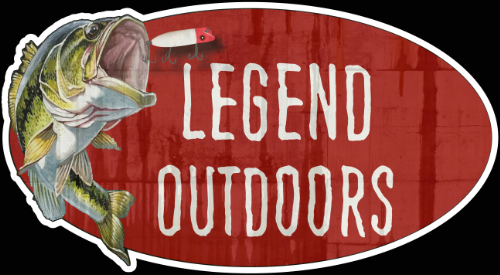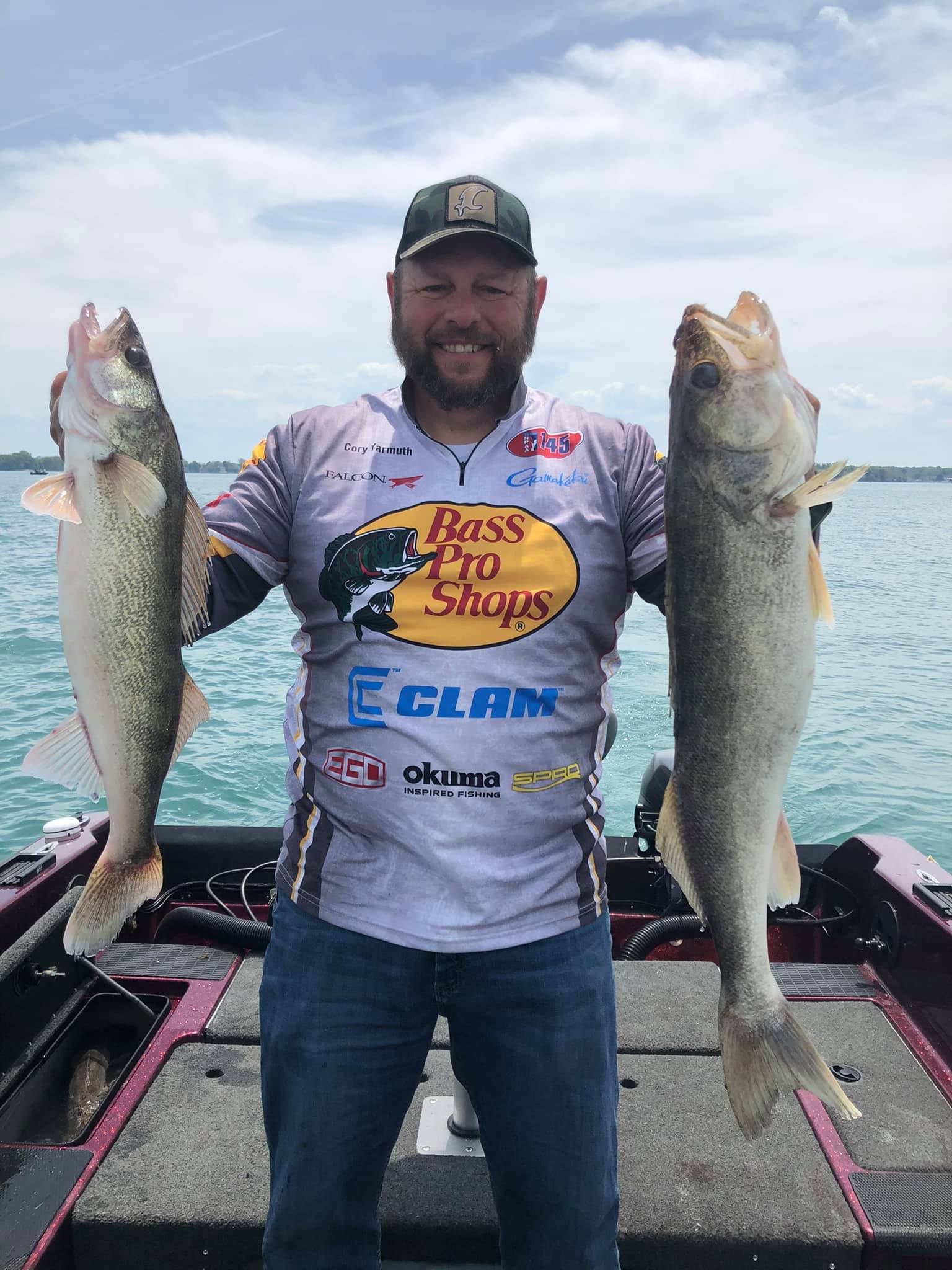As a person that has to spend his days in an office working to pay the bills I have to pick and choose carefully when I can and cannot get out on the water. There just isn’t the luxury of being able to drop everything and hit the water. Trust me I have exhausted myself just thinking of ways to accomplish that.
Winning the lottery would sure help, but someone told me that you have to actually play to win so that one won’t work. Short of finding a rich widow to befriend I think that my days as a working man will continue.
This being said any available time that becomes free is spent on the water. Good Friday was a prime example of such a day. The winds were right, the boat was ready and I had the day off from the daily grind.
It appeared that everything was going to work out in my favor, but as with all fishing adventures there are other outside forces that tend to play with our plans. The winds earlier in the week had been pushing out of the Northeast and my plan was to get out on the South end of Lake Michigan to look for some Coho action.
The winds for the day were favorable, but as mentioned those NE winds would create a bit of a disadvantage for us. Because the south end of the lake is shallower the water tends to be affected by the wave action much more than the northern areas. This wave action creates turbidity in the water and can really reduce the clarity. Such was the case when we hit the water.
This time of year the coho are feeding heavily and on the move along the shorelines of Lake Michigan. From the boat you have the option to locate the schools near the warm water discharges and cast for them with light tackle or you can go on the move and troll for them. Either way it is certainly a fine way to spend a day on the water.
Our plan was to first hit the WWD and if that didn’t work we would break out the trolling gear and go on the hunt. On days like these bright colored baits with rattles is the way to go as sound is needed to help these fish locate the baits in the stained water. You can also work the lower water column with jigs and bounce them along the bottom where the water can have some breaks in the clarity and the fish will be holding near these areas.
The discharge had several boats working the area and as we joined we noticed that the water temp was not what was expected. 44deg in the discharge and 35deg outside was certainly not a good sign. This time of year you would expect to find 50s in the discharge and 40s in the surrounding area. These are key temperatures for Coho.
Again, not optimum conditions, but at least we weren’t sitting at home wishing we were out fishing. Any time on the water is always spent learning something new as well as an opportunity to test out new patterns or styles of fishing. So the non-optimal water temps combined with the dirty water presented us a challenge that we needed to take head on.
The lake was littered with a large floatilla of boats and they were having as much success as we were which was not saying a lot about our chances for the day. Not to be dismayed, the casting rods were put away, the kicker motor fired up, and it was time to test out some new trolling presentations.
During the spring these fish are willing to chase after baits and are certainly not afraid of a little boat noise. Often you can even run baits in the prop wash and catch fish. This is a huge advantage as the water depths we are fishing range from 15’ to 35’.
Knowing we had limited water clarity it was a prime time to work on some new presentations. Planer boards and downriggers would be our choice for presenting baits and because there was no specific pattern that we had nailed down it would be key to offer up as large a variety of baits that we could until we found the action, color and depth we needed.
Baits with rattles and bright colors were a must, but instead of using the standard in-line weight systems off of the boards I employed a new tactic of using a bright silver TripZ diver just ahead of my stickbait. With these divers you can follow a simple chart on the back of the package to let out just enough line to get them to dive to the depth you want.
The diver would allow me to get my bait down to the correct depth as well as offer some flash and even a rattle to entice a strike. This was deployed behind a board and ran on the outside. My inside boards would run some shorter leads with deeper divers like the popular ThinFins and Spro McRip style crankbaits.
With a full spread of crankbaits, stickbaits and even a spoon or two we worked the areas hard and continuously changed up our presentations, speed, and depths. The goal was to cover as much water as possible as well as cover the entire water column to offer up the best opportunity to find fish.
Getting back to how I started this story, sometimes I don’t get to pick and choose which days I fish so when the opportunity arises you just have to make the best out of it. That Friday the water conditions were not optimal and we knew we would be fighting a losing battle, but sometimes you have to take your lumps.
The day ended with zero fish in the box, but it by no means was a waste of time. Any day I can get out fishing is a good one and it allowed me to run some non-conventional patterns as well as test out some new equipment. Things worked flawlessly and it was a true pleasure just to be out on the water.
Time on the water is always well spent. If you are ever faced with the situation that we faced use it to your advantage and try to mix it up a bit. Test out new gear or try a different style of presentation. Take the opportunity to learn something new and perfect it as the season goes on.
There is a reason why they call it fishing and not catching. Although we did not catch a fish we certainly were able to learn a few little tricks and test out some theories that had been rattling around in our heads during the cold winter months.
You just never know until you get out there. Fishing isn’t always about catching, but it is the pursuit of the knowledge of how to become a better fisherman.
See you on the water!

